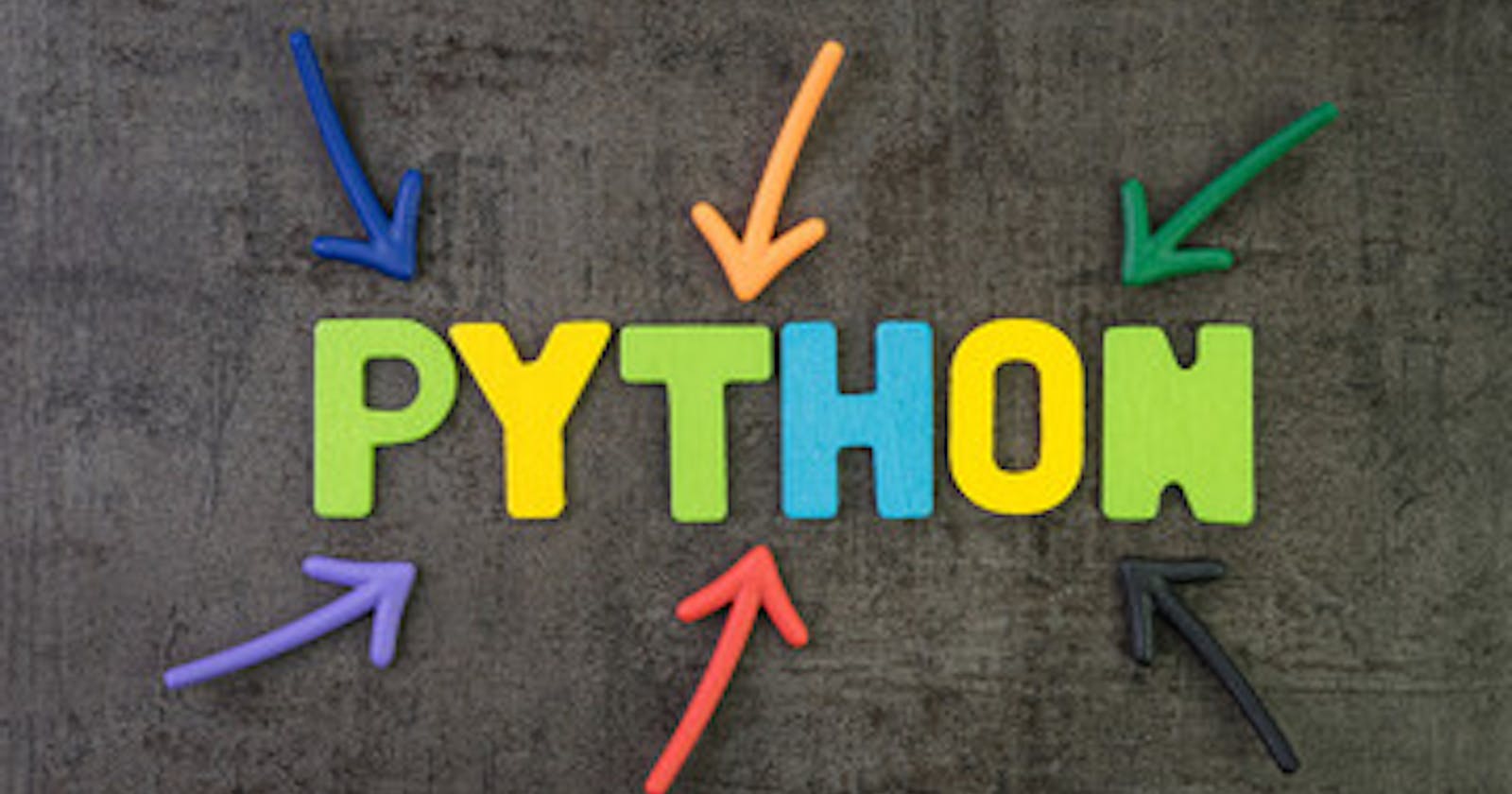If you are a beginner in Python or probably with a little experience you might be wondering;
What is Python?
What exactly is Python used for?
What type of things people are building with Python?
Questions like this might pop up in your mind. Don’t worry! With this article, I’ve got you covered. This article is aimed at a general overview and getting started with Python programming language.
Python is a general-purpose, high-level programming language that is interpreted, meaning that it saves you a considerable amount of time during program development because no compilation and linking are necessary. The interpreter can be used interactively, which makes it easy to experiment with features of the language. It is also a handy desk calculator. It focuses on readability and has a simple syntax, reading a python code is almost similar to reading an English sentence. Python offers all the functionalities one might ever need for programming tasks. Python is also an object-oriented programming language.
A programming syntax basically refers to a set of rules. When you run a Python program, the code is read and can only be understood by the interpreter if the codes are according to the predefined rules of Python, otherwise, it gives a syntax error. (Well, we’re not looking at errors, right now so let’s leave that for later)😉. Hence, it is important to understand the syntax and just like any other language, the first and most important thing to learn is understanding the syntax.
Let’s take a little walk into history, shall we?
Python was introduced by Guido Van Rossum in the late 1980s.
Fun fact: Python has nothing to do with the snake; it’s named after the British TV show ‘Monty Python’. A lot of times, people assume that the name Python was written after a snake. Even the logo of Python programming language depicts the picture of two snakes but the story behind the naming is different.
Back in the 1970s, there was a popular BBC comedy TV show called Monty Python’s Fly Circus and Van Rossum happened to be a big fan of that show, so when he developed his project, he decided to name it after the show ‘Python’. The evolution of Python has reached up to Version 3.x (till 2020).
A few tips to guide your learning journey
Learning how to program or getting started with a new language isn’t easy, knowing how to learn effectively is a critical skill involved in computer programming. This is because languages evolve and new tools are developed, as such, knowing how to learn and learning effectively is essential in keeping up with these changes and becoming a successful programmer.
- Consistency: Being consistent and committed to coding or learning something new every day will go a long way in your programming journey. Though it may seem difficult at first, consider starting small and working your way up from there.
Note Taking: As you progress on your journey as a new programmer, you may wonder if you should be taking notes. Yes, you should! Taking notes may seem quite underrated but it is always important to have something to fall back to when stuck or perhaps to refresh your memory every once in a while.
Code buddy: It is very important in your learning journey to surround yourself with other like-minded individuals, this will allow you to share the tips and tricks you learn along the way. Though coding may seem like a solitary activity, it actually works best when you work together. It’s okay if you don’t know anyone yet, there are plenty of ways to meet others who are passionate about learning the same thing as you are. This includes; local events, Meetups, or online communities.
Questions: Always ask questions! Whenever you get stuck on a code or a new concept, you might want to consider asking for help rather than giving up.
Teach: It is said that when you teach someone, you learn twice, yes! This is true with any new concept you’re trying to learn. There are many ways to do this; by communicating with other Python lovers, writing blog posts about that new thing you learned, recording videos, or maybe even talking to yourself or your computer 😁. These will surely aid in solidifying your understanding.
Breaks: Taking breaks are important, particularly when taking in a lot of new information. Breaks are also very important while trying to debug codes. If you can’t quite figure out what is going wrong with your code, take a break. Step away from your computer, go for a walk, chat with a friend, or grab something to eat. Fresh eyes make a big difference.
Conclusion
Python has a broad range of applications and can be used for literally anything ranging from web development, web scraping, software development, game development, network programming, data science, etc. Following these few learning strategies outlined above, you are ready to begin your Python journey! Follow this link to get started with the installation.
Happy Coding!

